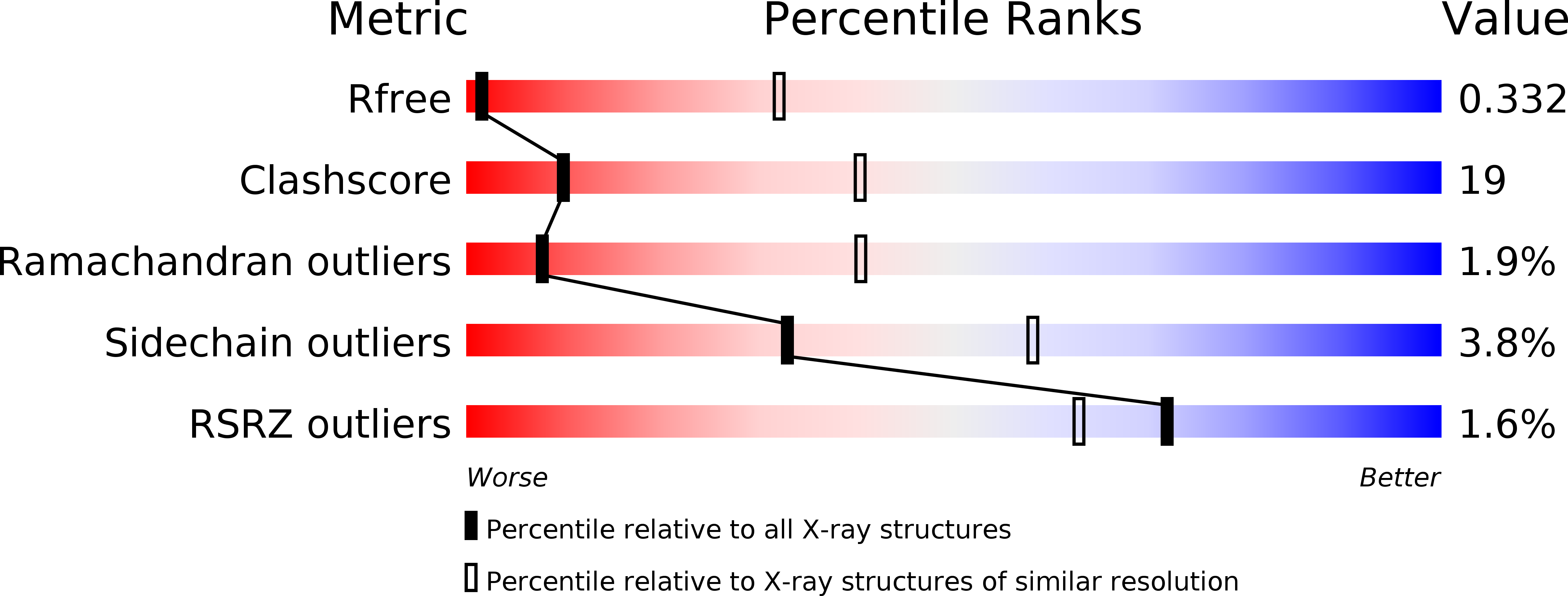
Deposition Date
2017-03-03
Release Date
2017-04-05
Last Version Date
2024-11-20
Entry Detail
PDB ID:
5V2A
Keywords:
Title:
Crystal structure of Fab H7.167 in complex with influenza virus hemagglutinin from A/Shanghai/02/2013 (H7N9)
Biological Source:
Source Organism:
Influenza A virus (A/chicken/Henan/109/2013(H7N9)) (Taxon ID: 1574512)
Influenza A virus (A/pigeon/Wuxi/0405007G/2013(H7N9)) (Taxon ID: 1560294)
Homo sapiens (Taxon ID: 9606)
Influenza A virus (A/pigeon/Wuxi/0405007G/2013(H7N9)) (Taxon ID: 1560294)
Homo sapiens (Taxon ID: 9606)
Host Organism:
Method Details:
Experimental Method:
Resolution:
4.66 Å
R-Value Free:
0.33
R-Value Work:
0.25
R-Value Observed:
0.26
Space Group:
I 21 3


